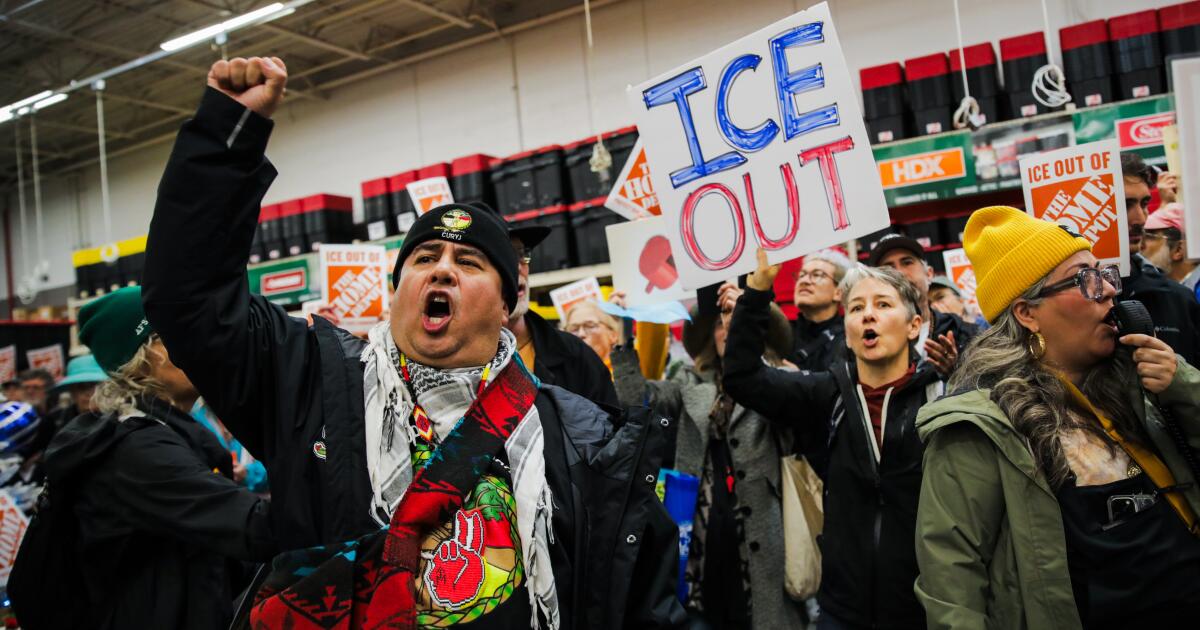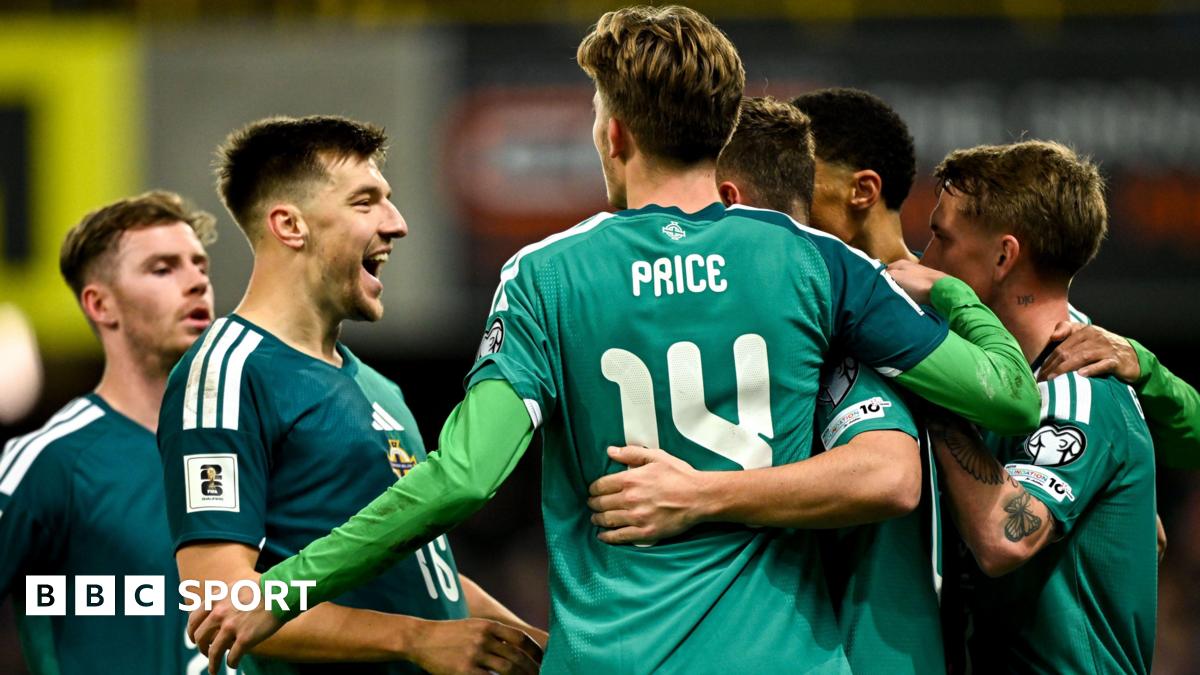Federal judge blocks ICE from arresting immigrants in Northern California courts
A federal judge in San Francisco on Wednesday barred Immigration and Customs Enforcement and its Justice Department counterpart from “sweeping” civil arrests at immigration courthouses across Northern California, teeing up an appellate challenge to one of the Trump administration’s most controversial deportation tactics.
“This circumstance presents noncitizens in removal proceedings with a Hobson’s choice between two irreparable harms,” Judge P. Casey Pitts wrote in his Christmas Eve decision.
“First, they may appear in immigration court and face likely arrest and detention,” the judge wrote. “Alternatively, noncitizens may choose not to appear and instead to forego their opportunity to pursue their claims for asylum or other relief from removal.”
Wednesday’s decision blocks ICE and the Department of Justice’s Executive Office for Immigration Review from lying in wait for asylum seekers and other noncitizens at routine hearings throughout the region — a move that would effectively restore pre-Trump prohibition on such arrests.
“Here, ICE and EOIR’s prior policies governing courthouse arrests and detention in holding facilities provide a standard,” the judge said.
Authorities have long curbed arrests at “sensitive locations”— such as hospitals, houses of worship and schools — putting them out of reach of most civil immigration enforcement.
The designation was first established decades ago under ICE’s predecessor agency, Immigration and Naturalization Services. ICE absorbed the prohibitions when the agency was formed in the wake of the Sept. 11 attacks.
Courts were added to the list under President Obama. The policy prohibiting most courthouse arrests was suspended during the first Trump administration and reinstated by President Biden.
Internal ICE guidance from the Biden era found “[e]xecuting civil immigration enforcement actions in or near a courthouse may chill individuals’ access to courthouses and, as a result, impair the fair administration of justice.”
Nevertheless, the agency’s courthouse policy was reversed again earlier this year, leading to a surge in arrests, and a staggering drop in court appearances, court records show.
Most who do not show up are ordered removed in absentia.
Monthly removal in absentia orders more than doubled this year, to 4,177 from fewer than 1,600 in 2024, justice department data show.
More than 50,000 asylum seekers have been ordered removed after failing to appear in court hearings since January — more than were ordered removed in absentia in the previous five years combined.
“ICE cannot choose to ignore the ‘costs’ of its new policies—chilling the participation of noncitizens in their removal proceedings —and consider only the policies’ purported ‘benefits’ for immigration enforcement,” Pitts wrote in his stay order.
That ruling likely sets the San Francisco case on a collision course with other lawsuits seeking to curb ICE’s incursions into spaces previously considered off-limits. This suit was brought by a group of asylum seekers who braved the risk and were detained when they showed up to court.
One, a 24-year-old Guatemalan asylum seeker named Yulisa Alvarado Ambrocio, was spared detention only because her breastfeeding 11-month-old was with her in court, records show. Administration lawyers told the court ICE would almost certainly pick her up at her next hearing.
Such arrests appear arbitrary and capricious, and are unlikely to survive scrutiny by the courts, Judge Pitts ruled Wednesday.
“That widespread civil arrests at immigration courts could have a chilling effect on noncitizens’ attendance at removal proceedings (as common sense, the prior guidance, and the actual experience in immigration court since May 2025 make clear) and thereby undermine this central purpose is thus ‘an important aspect of the problem’ that ICE was required, but failed, to consider,” Pitts wrote.
A district judge in Manhattan ruled the opposite way on a similar case this fall, setting up a possible circuit split and even a Supreme Court challenge to courthouse arrests in 2026.
For now, the Christmas Eve decision only applies to ICE’s San Francisco Area of Responsibility, a region encompassing all of Northern and Central California, as far south as Bakersfield.
The geographic limit comes in response to the Supreme Court’s emergency decision earlier this year stripping district judges of the power to block federal policies outside narrowly-tailored circumstances.
The administration told the court it intends to appeal to the 9th Circuit, where Trump-appointed judges have swung the bench far to the right of its longtime liberal reputation.

